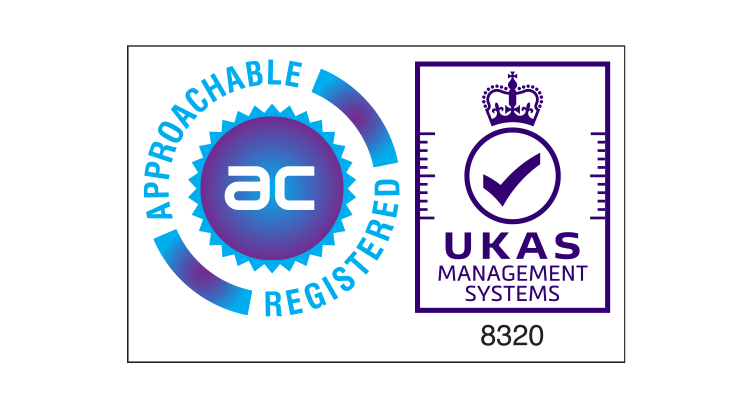The UK government changed its emphasis in tackling the coronavirus pandemic, with new regulations coming into force on 13 May. The messaging is now “stay alert, control the virus, save lives”. Nevertheless, many workplaces remain shut and people are still encouraged to work from home where possible. For employers of lone workers interacting with the public, it’s particularly important to stay alert to the risks that their employees might face. And for home lone workers, daily protection remains vital, especially in the absence of a full risk assessment of the worker’s home. In a series of blogs, we’re going to look at legislation protecting lone workers in the UK in relation to coronavirus. In this first, we’ll provide an overview, before looking at specific risk scenarios in later blogs.
Health and safety legislation protecting lone workers in the UK
 It’s worth taking stock of the overarching legislation protecting lone workers. UK laws require employers to protect all their employees, as well as contractors and self-employed workers. There are no specific laws governing lone working; in short, lone working is not against the law. The UK Health and Safety Executive (HSE) defines lone workers as “those who work by themselves without close or direct supervision”. The considerations for planning a safe and healthy working environment for lone and remote workers are often quite different than for other staff.
It’s worth taking stock of the overarching legislation protecting lone workers. UK laws require employers to protect all their employees, as well as contractors and self-employed workers. There are no specific laws governing lone working; in short, lone working is not against the law. The UK Health and Safety Executive (HSE) defines lone workers as “those who work by themselves without close or direct supervision”. The considerations for planning a safe and healthy working environment for lone and remote workers are often quite different than for other staff.
The primary legislation covering occupational health and safety in the UK is the Health and Safety at Work etc. Act 1974, together with later amendments, as well as the Management of Health and Safety at Work Regulations 1999. There is also legislation covering reporting of accidents and incidents at work, under the Reporting of Injuries, Diseases and Dangerous Occurrences Regulations 2013 (RIDDOR). It’s essential to have a rigorous policy which codifies your organisation’s policies and procedures around lone working, in line with these regulations.
The specifics when it comes to coronavirus
In a webinar released as part of Safety & Health Expo’s Digital Week, Dr Simon Joyston-Bechal outlined some key considerations. As a Director at Turnstone Law, he’s a leading UK health and safety lawyer. One question he sought to answer was whether employers could be prosecuted for exposures to the Covid-19 coronavirus at work.
The Health and Safety Executive (HSE) has stated it will “take a flexible and proportionate account of the risks and challenges arising from the pandemic”. In particular, it will continue to investigate work-related deaths, injuries and dangerous occurrences across all industry sectors. This includes those related to social distancing and Covid-19. For instance, deaths from coronavirus may require employers to report under RIDDOR. However, apart from in healthcare settings, it is difficult to identify that coronavirus exposure happened in the workplace.
The HSE’s focus is for employers to take all reasonably practicable steps to safeguard employees and non-employees. Therefore, employers must:
-
Keep up to date with coronavirus
-
Plan and implement risk reduction measures
-
Follow government guidance where possible.
-
Complete regular risk assessments, which must be in writing for organisations with five or more employees.
The government expects larger companies of over 50 employees to publish Covid-19 risk assessments on their website.
Social distancing and PPE for lone workers
There are clear steps which employers can take for staff returning to work outside their own homes. Social distancing, hand hygiene and cough etiquette, and regular deep cleaning will all be pillars of enhanced health and safety policies. Providing personal protective equipment (PPE) may be another crucial element. Note, though, that under PPE regulations, there are specific conditions that must be met. PPE must be appropriate, must fit, and must be maintained, cleaned, or replaced when needed. More importantly, people must be trained in its proper use, and in turn employers must ensure it’s being properly used. It’s no good just handing out facemasks, for instance, without clear instructions on how to safely don and remove them.
When it comes to lone workers specifically, there are certain riskier activities. Therefore, the most important thing for employers of lone workers is to start with a risk assessment and establish mitigation for each identified risk. Take, for example, the risk of a lone worker not being able to maintain social distance when they return to work in a client’s home. Clear consideration of the risks and communicating how to address them will be critical. The government’s guidance on working safely during coronavirus has some ways that employers can address such issues.
Fitting Safe Hub into thorough health and safety procedures
As at any other time, it’s also essential to have an overarching lone worker system such as Safe Hub in operation during the coronavirus pandemic. Safe Hub can help when lone workers feel in need of help, with a range of safety features that help in their everyday safety practice, from Red Alert to Safe Check. For employers, on the other hand, it can also be a great way to communicate key safety messages to staff via Group Alert. Safe Hub is one element in a robust health and safety approach to protecting lone workers.
Next time, we’ll look at employers’ duties under lone working legislation to protect home lone workers from coronavirus risks. In the meantime, below are some resources around legislation protecting lone workers during the coronavirus pandemic.







